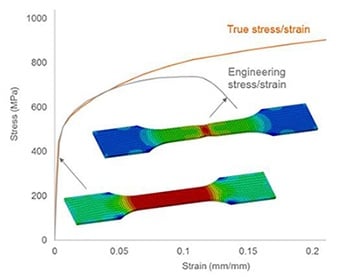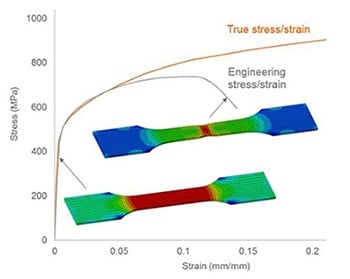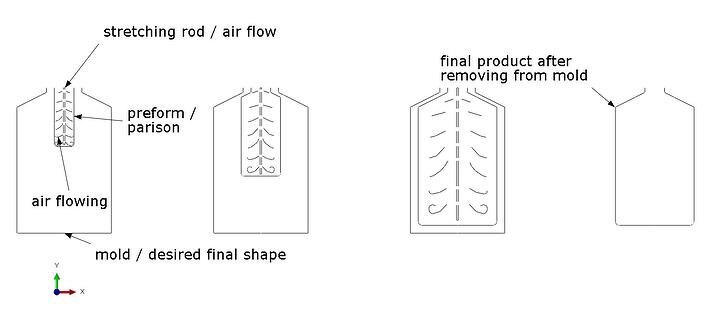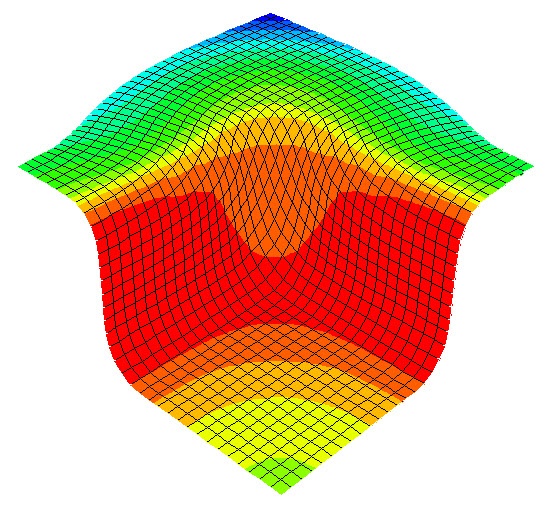 On the 29th of June at 11.30 a.m. we will host our Material Calibration Webinar. Although it can be challenging to accurately define the material behaviour in a FE analysis, it is absolutely critical. However, it does not always involve intensive and expensive testing programs. In this webinar, we will look at some material models available in Abaqus, the assumptions, the limitations and how to identify the required material properties.
On the 29th of June at 11.30 a.m. we will host our Material Calibration Webinar. Although it can be challenging to accurately define the material behaviour in a FE analysis, it is absolutely critical. However, it does not always involve intensive and expensive testing programs. In this webinar, we will look at some material models available in Abaqus, the assumptions, the limitations and how to identify the required material properties.
The choice of material model will determine the material properties to be identified and the tests to be performed. But it strongly depends on the objective of the analysis. If the FE analysis is needed at an early stage in the development of a new product, a simple model with a small number of properties taken from a supplier database is probably adequate. If the goal of the FE analysis is to predict the final failure of a structure, the model will need to account for the various phenomena that can lead to the failure: plasticity, damage, etc.
From a linear elastic material model to a visco-elastic-plastic response described with Abaqus PRF, the techniques to identify the material model parameters differ. Standard tests can be used to determine the elasticity coefficients and maximum strengths. Specific tests may be used to calculated other properties such as the fracture toughnesses. Finally, the parameters of a complex material model can be calibrated by comparing the experimental data to the numerical predictions. This webinar will present the tools that are available in Abaqus/CAE to help evaluating the model parameters and calibrating the material models.
Register for this online webinar training on Friday the 29th of June now.
Register Now






